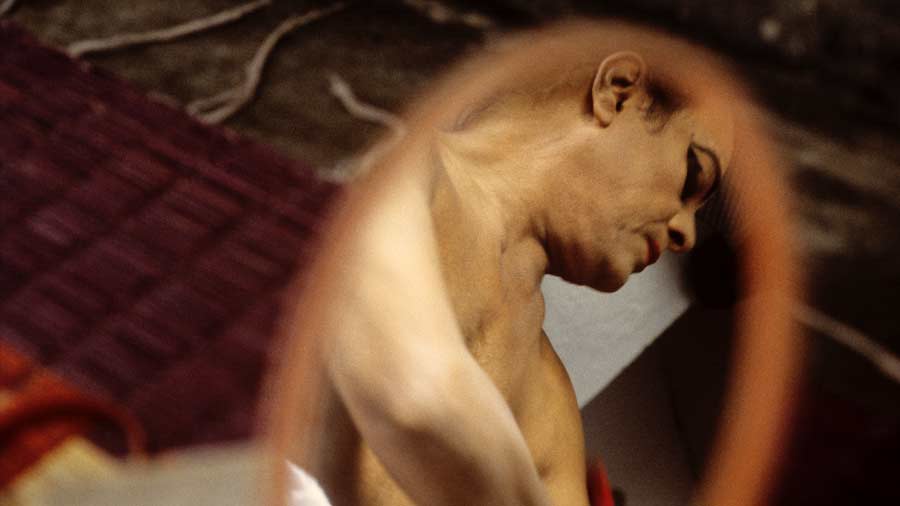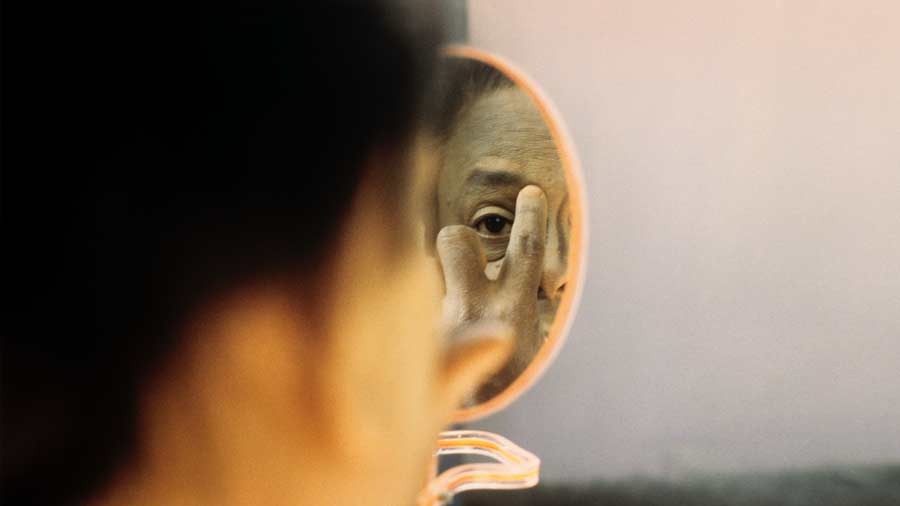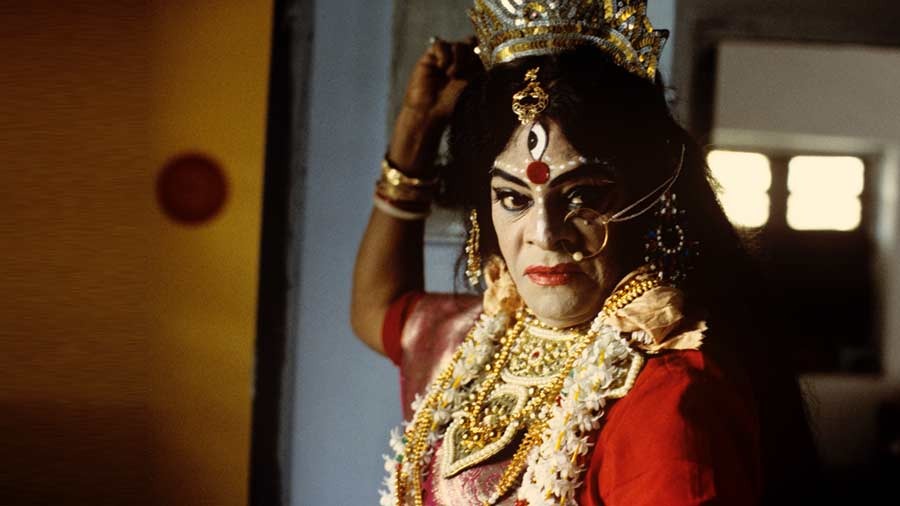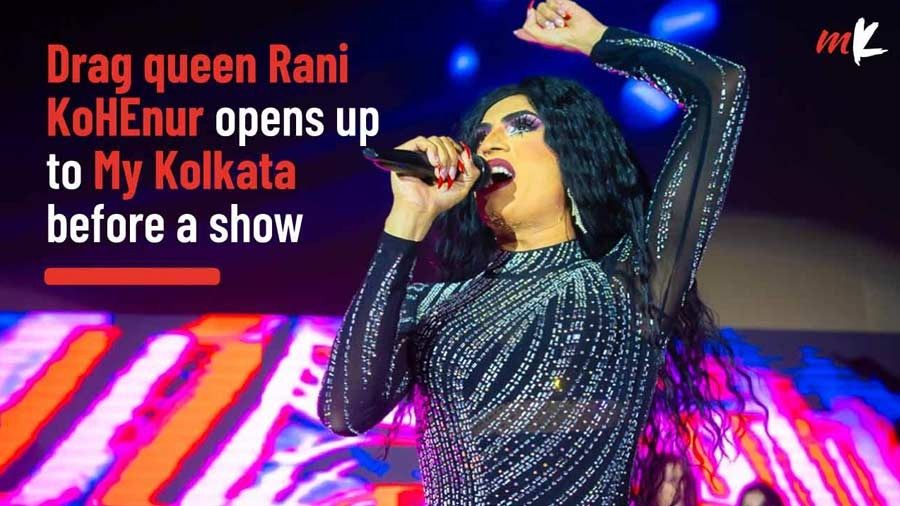The Indian high school classroom has long excluded and stifled adolescent curiosities and conversations on gender and sexuality. For many decades, discussions on queerness, both personal and political, were limited to embellished gossip about non-conforming, aberrant peoples — fictional characters, popular figures, co-workers and classmates — whispered in hushed voices in corridors and staff rooms. In the recent decade or so, as celebrities and social media influencers don rainbow facepaint to celebrate their sexuality every June — ‘Pride Month’ — and fast-moving consumer brands far exceed their profit estimates selling rainbow-stickered merchandise, conversations on celebrating the pride of being queer have begun to creep into the upper-middle class, elite Indian classroom. Unsurprisingly, therefore, to social science teachers in such schools, queerness and representations of sexual freedom may appear to be mere imports of Western culture. Their scepticism surrounding such Western narratives of queerness is not entirely misplaced. To young people, especially students of elite private schools, representation, liberation and even inclusive language around gender and sexuality are influenced by dominant discourses of readily accessible Western popular culture.
By engaging with and enabling such a West-centric global consciousness on sexuality (an important cultural intervention, but by no means the sole one of its kind), so-called inclusive and progressive social science classrooms run the risk of complicity in a new form of queer erasure. Discourses on queerness, including lived histories of resistance, acceptance and cohabitation, that are indigenous to different communities within South Asia, are increasingly displaced by more ubiquitous Western histories. In the process, social science pedagogy in elite Indian classrooms is more inclined to peddle the myth that lived experiences of queerness is foreign to our local spaces and do not have a history. Consequently, such pedagogy is more prone to argue that queerness can only be articulated in certain universalist frameworks — the desire for legal recognition (including marriage equality and adoption rights), social acceptance of monogamy within queer relationships and the intellectual understanding of sexuality and gender as spectrums. That queerness can take other social and theoretical forms — for instance, the imagination of queer sexual desire as ‘art’ — falls outside the purview of such conventional pedagogy.

This is the discourse at the heart of Naveen Kishore’s stirring documentary, Performing The Goddess (1999), a 45-minute-long biographical film on Chapal Bhaduri, a prominent Bengali jatra (loosely translatable as travelling theatre) actor from the late 1960s, who came out to Kishore’s camera about his deep and lifelong friendship with a man. At a recent panel discussion on the film, (which is currently being screened at the Gallery Mandate Emami Art, along with an exhibition of 13 rare photographs of Bhaduri taken by Kishore during the filming), Bhaduri lamented that he often longs to express himself in English, but as a high-school dropout, he has not been able to overcome his language impediment. “Ingreji bolte khub icche kore,” he says, as he searches for an unspecified English word to disparage the obnoxious aestheticism he feels is associated with black and white photography, during a panel discussion on the documentary. Witnessing Bhaduri — an articulate and elegant performer from whom words flow in unbridled gusts — fumbling in his agony to identify an unnecessary English word, one can’t help but wonder why his uncontained sexual experiences must be similarly boxed into a neatly-perimetered English language adjective. Why must his relationships be iterated in terms of the culture-specific, linguistic labels created to categorise the queer — transgender, bisexual, gay, etc.? To enumerate and translate experiences that Bhaduri can recount in fluent Bengali, unconstrained by foreign terminology, in an attempt to map them onto the limiting but dominant discourse of Western sexuality, is thus to reduce, erase and oppress.
Bhaduri’s story, as told to the camera, is stirring, thought-provoking, yet tender. We learn that at the time of the filming of the documentary, Chapal Bhaduri is a former jatra actor, who first stepped into the world of theatre at the age of 18 after being bribed to play the role of a female character — the servant dancer Marjina in a Bengali language adaptation of the Arabian Nights tale of Alibaba and The Forty Thieves — in return for a permanent and financially secure job at the Indian Railways. At the time, it was common for men to play the roles of women in public theatre because of the lack of female performers. Once Bhaduri entered the jatra community, there was no looking back.

It was at the theatre that Bhaduri experienced his first stirrings of desire for men — he was intrigued to find a throng of young boys surrounding him after he got into his character’s costumes and put on his make-up, much like he had seen them hover around a beautiful girl. We also hear of him enjoying the attention of male fans who would bring him paan (a betel leaf chew) after his shows and then throw them away in a fit of jealousy after catching him chewing the paan he was gifted by a different admirer. We learn that theatre constituted an outlet for his gender expression — even as a child, he would wrap his head with a gamcha (a brightly printed cotton washcloth), tie it into a bun, drape another gamcha across his shoulders to resemble a saree and sing romantic songs that were traditionally sung by female singers. Perhaps because he is a skilled artiste, Bhaduri’s words conjure up vivid images of the life of an aberrant, queer child that is also deeply rooted within the cultural context of postcolonial, 20th-century Bengali suburbia. The familiarity of natal oppression — an uncle yelling “E ki ashobhyota (What is this uncouth behaviour)?” — as Bhaduri sings in a high-pitched, effeminate voice — is perhaps more relatable to a queer child of a modest background in South Asia today than the tales and contexts of queerphobic familial repression and bullying that emanate from the West.
Can violence and pleasure coexist?
The inescapability and timeliness of sexual violence across cultural contexts are particularly haunting in Bhaduri’s tales. He remembers that his first kiss was non-consensual: “There was a well-built guy in my neighbourhood. One day, when I was quite young, he suddenly grabbed me while we were talking and kissed me. I quite liked the sensation at first. But almost immediately after, I was overcome with a feeling, with this sense of repulsion, a repugnance. He had such a bad smell, I felt horrible (...) I cringed and had to shrug him off.” The premise of a child’s first sexual encounter being non-consensual, especially as a queer person, is, unfortunately, far from local and deeply resonant across the world. Yet, Bhaduri describes his confusion — the chilling melange of thrill and repulsion — not as an experience of trauma but as the moment when he first grapples with the complexity of his desires. “The desire remained hidden (shupto) inside me,” he says onscreen. Similarly, Bhaduri recollects that his first sexual encounter with his long-term friend was also one of force: “I wondered whether it was right. But he forced me to agree.” Yet, Bhaduri describes this encounter as a moment of intense and unparalleled fulfilment and joy. His words leave you with a conflict — can violence and pleasure coexist in a sexual encounter? Should the trauma of violence erase the pleasure that is intrinsic to sex? These are questions that did not plague Bhaduri and his friend; to them, all moralistic guilt surrounding queer, even non-consensual, sex is assuaged because “This (sex) is art”.

It is the idea of local forms of acceptance that is particularly poignant in Bhaduri’s story. Bhaduri tells the camera that his estrangement from his friend was a consequence of the friend’s affair with a woman. Breaking all conventional understandings of monogamy, we discover that not only was Bhaduri understanding of this dalliance, but he also recommended that his friend tell his wife of his affair. Bhaduri says, “Because no woman can stand to see her husband in love with another woman. But if there is consent then things are different(...).” This is when we first discover that Bhaduri’s “close friend of 32 years” is a married man. Bhaduri goes on to tell the camera that his friend’s wife was deeply hurt by his relationship with the other woman. Yet, for years, she had known of her husband’s affair with Bhaduri without feeling jealous. In fact, such was her friendship with Bhaduri, that she had confided in him of her hurt surrounding her husband’s new affair. Perhaps, the friend’s wife did not consider a homosexual affair to be a ‘real’ affair. Or perhaps, sexual relationships with men outside of marriage were less aberrant in society than a heterosexual affair with another woman. More likely still, emotions around sexual and emotional intimacy, including the choice to consent to your partner’s extramarital affair, cannot be understood in universalist terms. To attempt to analyse such relationships through Western, elite and therefore conventional models of family, kinship and intimacy is to limit our understanding of relationships that are situated within a different, ‘queer’ local. In a way, therefore, framing Bhaduri’s story as one that is ‘queer’ also constitutes a form of linguistic reductionism and cultural restraint.
Queerness beyond biases
Yet, as classroom conversations on queerness increasingly veer towards the Constitutionally derived fundamental right to marry a partner of your choice, it is worth considering queerness beyond the biases of the frameworks that attempt to enumerate it. For instance, Bhaduri, in describing the 32 long years of his relationship with his friend, does not seek to call him anything other than a friend. This must be seen as a choice that he exercises with complete agency. Marriage or legitimisation of his partnership in terms of the law is not his preoccupation. He has received acceptance from some and has been derided by others. He is not apathetic to the marginality his life has pushed him into, yet his resistance is neither legal nor outside of the law. His resistance is his existence, his art and the persisting memories of the 32-year-long friendship that gave him the happiest and most fulfilled days of his life.

Similarly, Bhaduri has never sought to articulate his gender using ‘they/them’ pronouns; colloquial Bengali grammar, which follows a genderless verb and pronoun structure, has empowered Bhaduri to skirt the need to gender himself in this way. Yet, he openly discusses experiencing biological phenomena reminiscent of a female menstrual cycle, embracing his effeminate and high-pitched voice as his natural tenor and adorning himself in bodices, shayas (the underskirt of a sari) and bras publicly as he transforms into the female characters he plays. Transitioning, which in the West, often refers to a permanent and outward change in one’s gender identity, usually away from the biological sex assigned at birth, is more fluid in the case of Bhaduri. He celebrates his oscillation between Chapal Bhaduri — the man he was born as and Chapal Rani (Queen Chapal) — the woman he becomes on stage, an inimitable expression of gender fluidity that cannot be adequately encapsulated in the term ‘transitioning’.
If the goal of progressive pedagogy today is to include all perspectives without erasure — at least to the extent that is feasible — such local contexts, lived experiences and oral histories of queerness must be centred in the classroom. If upper-middle-class young adults, who occupy such classrooms, are left to associate queerness with whitewashed, corporatised and neoliberal symbols of sexual expression alone — rainbow-coloured cupcakes, pink unicorn dolls and pride flags outside Starbucks in the month of June — queerness will remain relegated to the pile of obsolete social issues that only plague the rich and elite. Indeed, at the recent debates on marriage equality at the Indian Supreme Court, the central government left no stone unturned to establish that social equality of queer people is an issue that afflicts only the ‘urban-elite’. All of this is not a call to dismiss the practices of queer liberation adopted from the West on grounds of their non-local character. Rather, it is a call to centre and buttress local expressions of queerness through such techniques. Indigenous histories of queerness must also be used to dispel conservative myths that queer people have never existed within Indian society and that queerness is the polluted outcome of the urban elite’s uncontrolled exposure to Western culture. Bhaduri’s story — the tale of an everyday thespian of meagre means — born long before India’s embrace of American capitalism, clearly embodies an alternative, subaltern historical narrative of queerness within our community.
Thus, to entrench and embrace local expressions of queerness into classroom curricula, teachers must share alternative and local histories of queerness, hold space for localised forms of gender expression — such as rekindling modern forms of the jatra and provide students access to local queer icons and communities. To this end, Kishore’s documentary can offer the starting point for such a conversation, as students begin to notice non-traditional affinities within conventional social structures — sexual relationships and deep friendships that exist outside of marriage, affectionate relationships that transcend the binaries of sexual intimacy, and others. Which of these expressions of affection, gender and sexuality can be perceived as queer and why? Perhaps in the course of this exercise, students will become equipped with the tools to become more holistic and inclusive students of history, as they seek voices and perspectives of queerness in regional history that would escape the eye of a foreign or diasporic scholar. In the process, they can even begin to comprehend how certain forms of queerness have long existed outside the oriental gaze of Western academia, that have remained immune to imperial, colonial and nationalistic forms of policing and often cannot be enumerated through linguistic liminalities. Perhaps, the true objective of Pride Month is the celebration of such local spaces of liberation and resilience — much like Bhaduri’s conviction that queer sex is ‘art’.
Anchita Dasgupta works for History for Peace, Seagull Foundation for the Arts. She holds an A.B. in History and Middle East Studies from Brown University and an MPhil in Law from the University of Oxford. Her research is on subaltern histories of law and resistance, and processes of the law's decolonisation. She can be reached at anchita.dasgupta@gmail.com.
Naveen Kishore’s exhibition, In Cannibal Times, which features 13 rare photographs of Chapal Bhaduri, captured during the filming of Performing the Goddess, is on display at the Gallery Mandate Emami Art at the Kolkata Center For Creativity till June 25, 2023.


